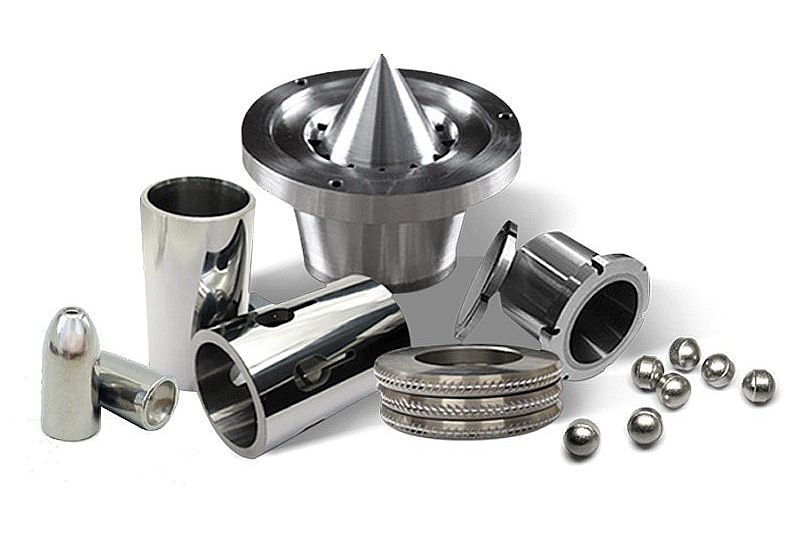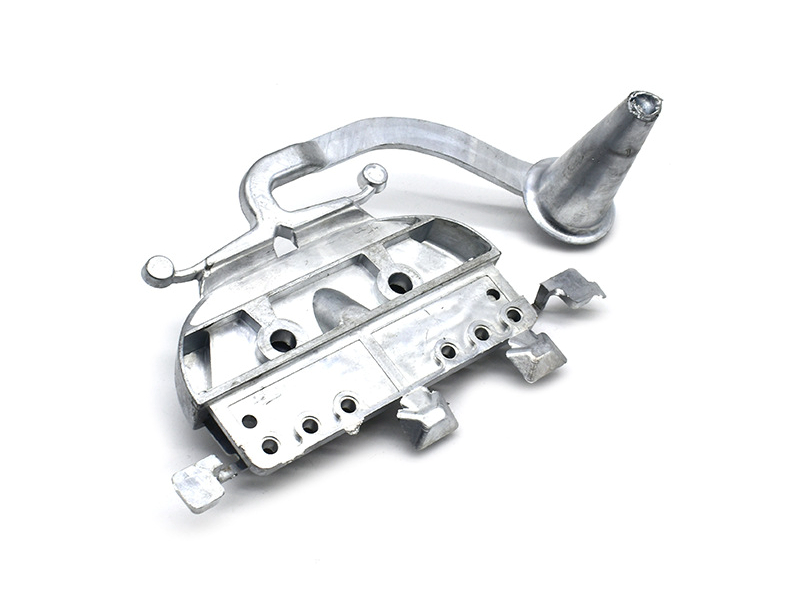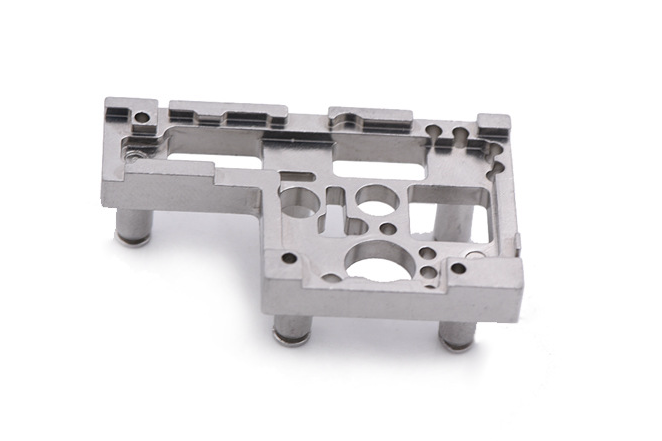How to protect soft magnetic properties during manufacturing?
How to protect soft magnetic properties during manufacturing?
Protecting soft magnetic properties during manufacturing is critical for components used in motors, inductors, sensors, and high-frequency converters. Key parameters such as low coercivity, high permeability, and low core loss can be degraded by improper forming, machining, heat treatment, or surface finishing. At Neway, we control every step—from powder selection to coating—to ensure that soft magnetic alloys maintain their designed performance for applications in telecommunication, energy systems, and e-mobility.
Selecting the right alloy and forming route
Soft magnetic behavior begins with the selection of the correct alloy system and a controlled forming process. For complex 3D shapes and integrated features, Neway uses metal injection molding with dedicated feedstocks such as MIM Fe-3Si, MIM Fe-50Ni, and MIM Fe-50Co. These alloys offer tailored combinations of permeability, saturation flux density, and frequency response.
For high-density compacts and cores, powder pressing molding of magnetic alloy or low alloy steel enables precise control of particle size, binder content, and pressing pressure, all of which directly influence density and magnetic loss.
Controlling mechanical processing and residual stress
Cold work and residual stress increase coercivity and reduce permeability. To avoid this, critical magnetic features are formed as close to net shape as possible using molding or pressing, and only minimal finish machining is applied. Where machining is required, CNC machining prototyping is used during development to optimize cutting parameters that limit work hardening and deformation of pole faces, slots, and air-gap surfaces.
For laminated or thin-wall designs, careful handling and fixturing are implemented to prevent bending and plastic deformation that would disturb the magnetic domain structure and introduce imbalance in rotating assemblies.
Heat treatment to restore soft magnetic properties
Proper heat treatment is crucial for recovering soft magnetic properties after forming or sintering. Neway applies controlled annealing cycles tailored to the specific alloy, following the principles outlined in our heat treatment practices. For Fe-Si and Fe-Ni alloys, high-temperature annealing in a protective atmosphere with slow cooling relieves internal stress, promotes grain growth, and aligns domains to improve permeability and reduce hysteresis loss.
For powder-based cores, sintering and subsequent annealing schedules are optimized to achieve near-theoretical density while minimizing grain boundary oxidation and abnormal grain growth, which can increase core loss.
Surface treatments that protect magnetics without degradation
Surface treatments must protect against corrosion and abrasion without harming magnetic performance. Thin, uniform conversion layers such as phosphating are often used on soft magnetic steels to provide insulation between particles or laminations and reduce eddy current loss.
For components exposed to humid or aggressive environments, we may apply controlled passivation, or selectively coat non-critical regions using electroplating, powder coating, or painting. Coating thickness, alloy type, and coverage are engineered so that magnetic flux paths remain efficient and core losses stay within specification.
Process validation and magnetic testing
To ensure consistent soft magnetic performance in mass production, Neway couples material and process design with systematic testing. Through prototyping, sample parts are evaluated for B-H curves, coercivity, permeability, and core losses under application-specific frequencies and temperatures. Once validated, these parameters are built into the control plan of our custom parts manufacturing service, ensuring repeatability and traceability for every production lot.



